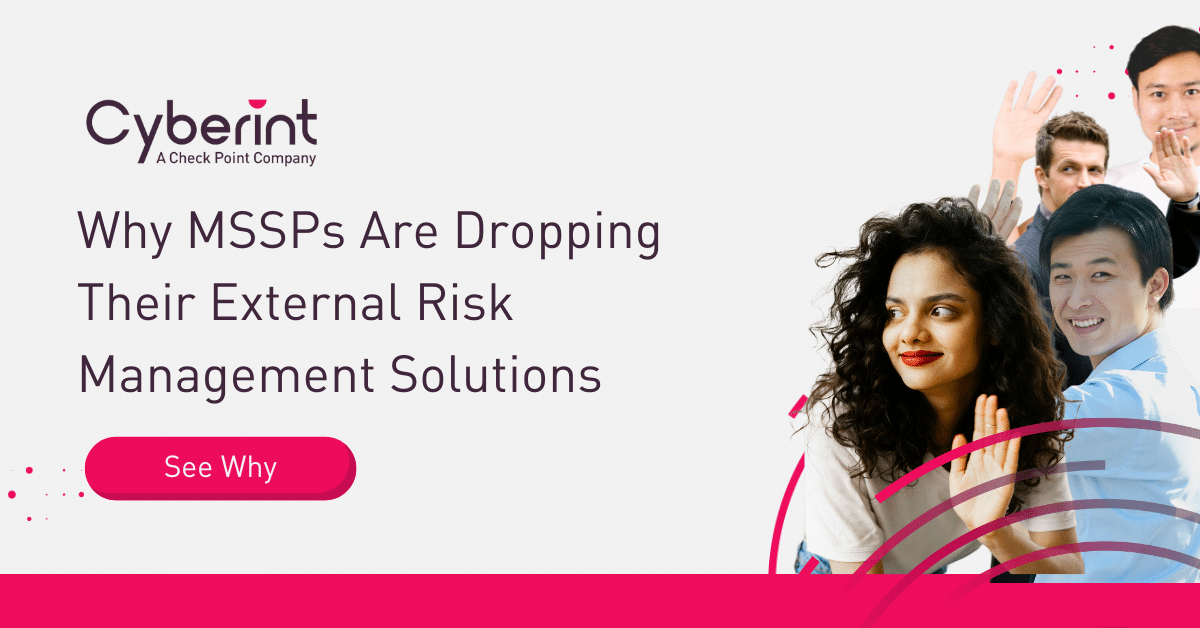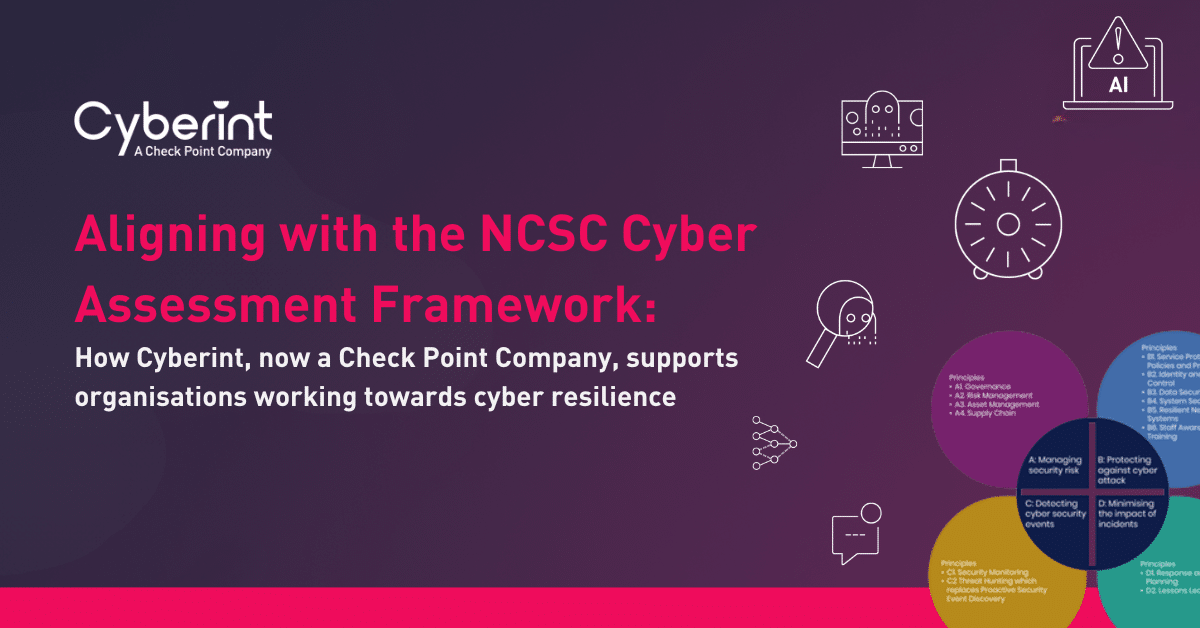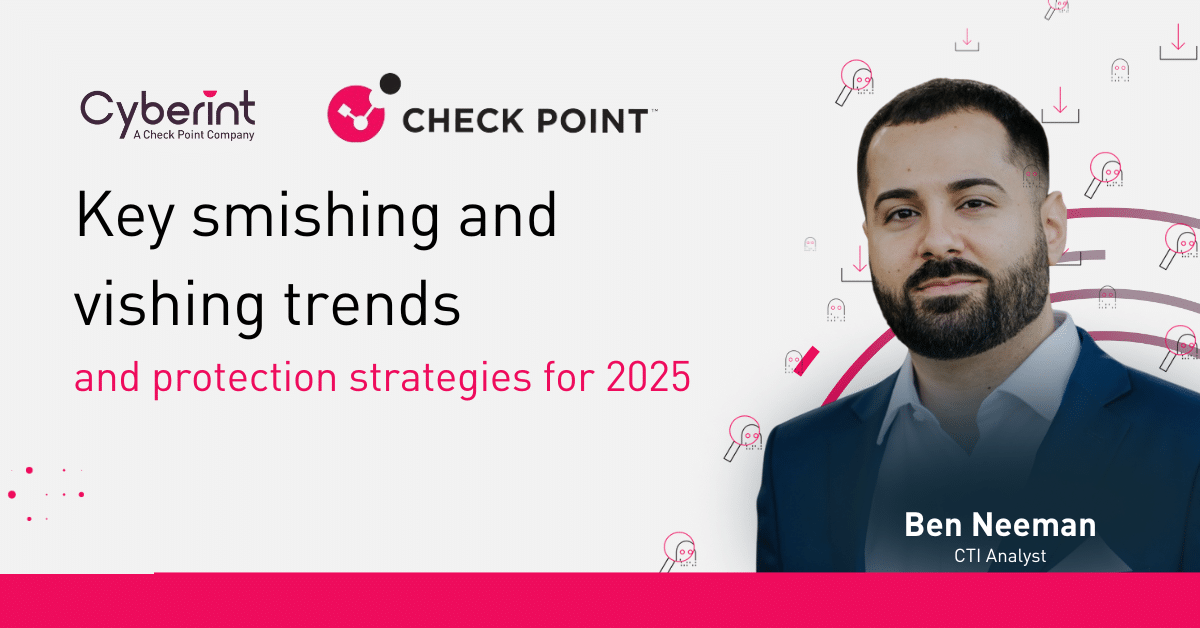



I love to get stuck in and let the creative juices flow. My strengths lie in idea generation, development and execution. Over 5 years experience in B2B cybersecurity. I reign supreme when my imagination and creativity can run wild.
Managed Security Service Providers (MSSPs) are increasingly frustrated with their External Risk solutions, and for good reason. The tools they rely on are often not designed with their unique needs in mind, leading to stagnation rather than growth.
MSSPs are dropping their External Risk Management (ERM) solutions because they simply aren’t suitable for their business models. These solutions often fail to reward growth and lack the necessary tools to facilitate it. When MSSPs onboard with a new solution, they expect it to drive progress and expansion. However, many find themselves stuck in a rut, unable to scale their operations effectively. Why?
One of the primary issues is that many ERM solutions are designed for end customers, not MSSPs. This misalignment means that MSSPs don’t have a true partnership with their providers. Instead of receiving support tailored to their needs, they are left to navigate a system that doesn’t cater to their business model. This lack of a true partnership can be a significant barrier to growth and efficiency.
Something so simple as navigating easily between customers should be a given, multitenancy is crucial for MSSPs, yet most existing solutions fall short in this area. MSSPs manage multiple clients and need a system that can handle this complexity seamlessly. Without multitenancy, managing different clients becomes cumbersome and inefficient, leading to frustration and operational bottlenecks.
MSSPs require solutions that are self-service and allow for self-administration. They need to minimize the touchpoints with their providers to maintain efficiency. Unfortunately, many ERM solutions require heavy involvement from the provider for even simple tasks like password resets. This dependency slows down operations and increases frustration.
Another significant pain point is the absence of enablement programs in most ERM solutions. MSSPs need comprehensive support to maximize the potential of their tools. Without proper enablement programs, they struggle to fully leverage the solutions they have invested in, leading to suboptimal performance and growth.
Good enablement programs need to provide MSSP teams with ALL the materials they need to market the benefits of the solution (such as datasheets, sales decks and more) and a solid training program, complete with rewards such as certification.
But it doesn’t have to be that way. Demo Check Points Infinity ERM, otherwise known as Cyberint.
Check Point’s Infinity External Risk Management addresses these pain points head-on. It is specifically designed for MSSPs, offering features that cater to their unique needs.
Infinity External Risk Management is built with multitenancy at its core, allowing MSSPs to manage multiple clients efficiently. This feature ensures that MSSPs can handle the complexity of managing different clients seamlessly, reducing operational bottlenecks and improving overall efficiency.
Each MSSP is assigned a dedicated point person to build a strong, supportive relationship. This partnership ensures that MSSPs receive the tailored support the need to thrive. Having a dedicated contact helps MSSPs navigate challenges more effectively and fosters a true partnership with their provider.
The MSSP External Risk Management (including the MSSP Brand Protection, MSSP Dark Web, MSSP Threat Intelligence and MSSP Attack Surface Management) solution is designed to be self-service, minimizing the need for provider involvement. This feature allows MSSPs to handle tasks independently, improving efficiency and reducing frustration. Growth is rewarded with extra discounts and more, incentivizing MSSPs to expand their operations.
Infinity External Risk Management helps organizations detect and mitigate external cyber threats before they can cause harm. It provides superior visibility through continuous discovery of the evolving attack surface, combined with automated collection and analysis of vast quantities of intelligence from across the open, deep and dark web.
Medium to large MSSPs rely on Check Point’s solution to protect against a variety of external risks, including vulnerabilities, misconfigurations, phishing, impersonation attacks, malware infections, exposed credentials, data leaks, fraud, and third-party risks. This comprehensive protection ensures that MSSPs can safeguard their clients effectively.
The interaction between these offerings often boosts performance compared to individual point solutions. For example, dark web monitoring can help detect phishing campaigns before they go live, allowing MSSPs to proactively mitigate threats.
By integrating various capabilities such as continuous discovery, automated intelligence collection, and multitenancy, Check Point’s solution provides a more cohesive and effective defense strategy. This approach not only enhances security but also streamlines operations, making it easier for MSSPs to manage and protect their clients.
MSSPs are dropping their ERM solutions because they are not designed to meet their specific needs. But this doesn’t have to be the case. Demo Check Point’s MSSP solution here.
Fill in your business email to start


